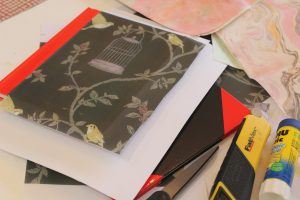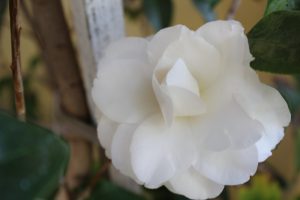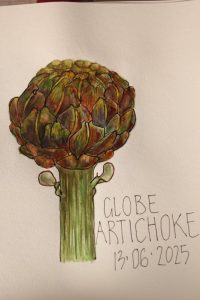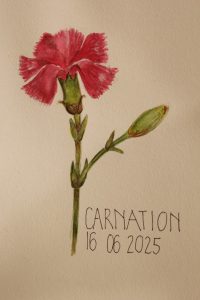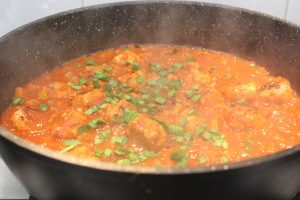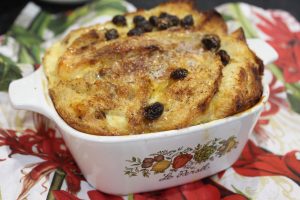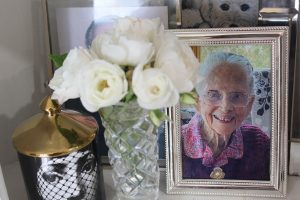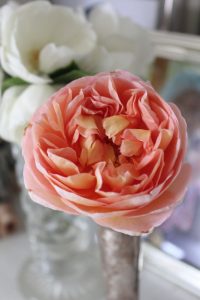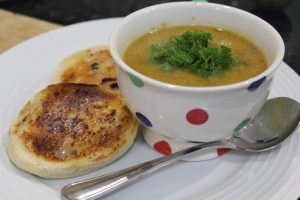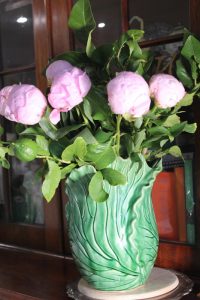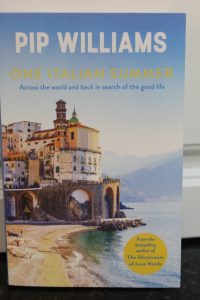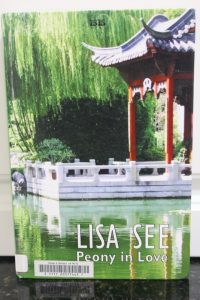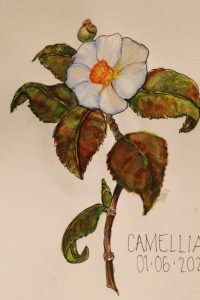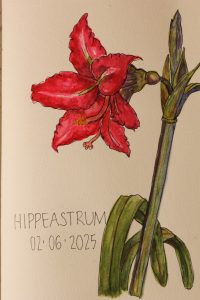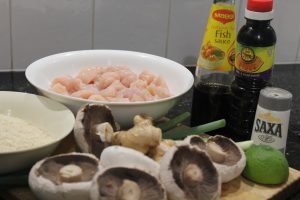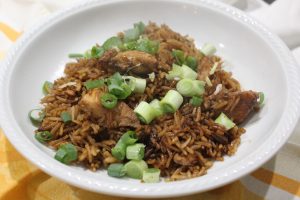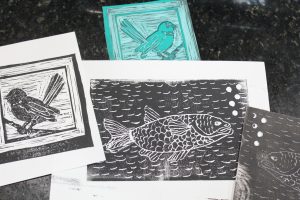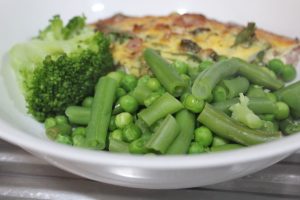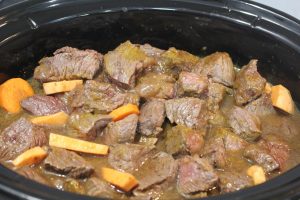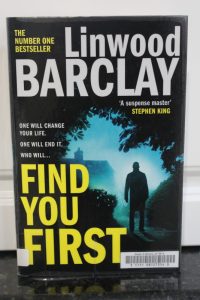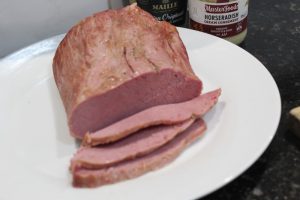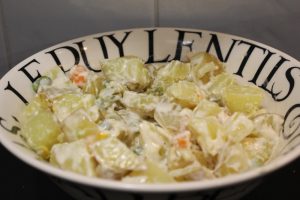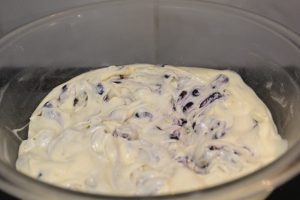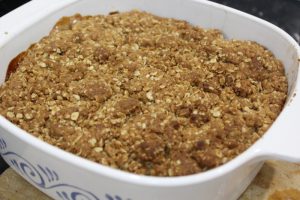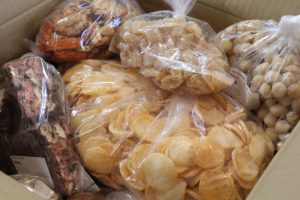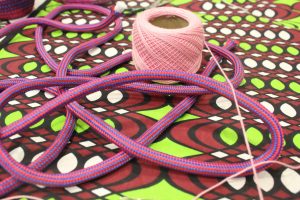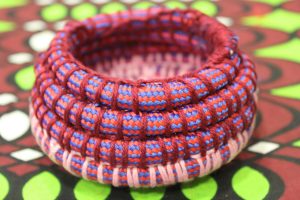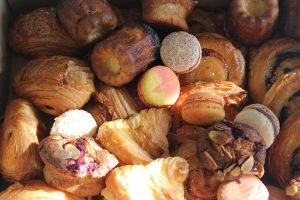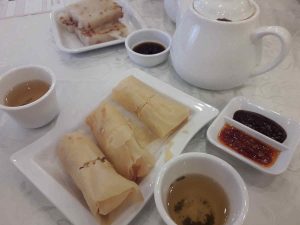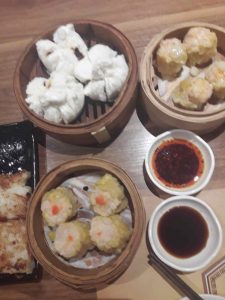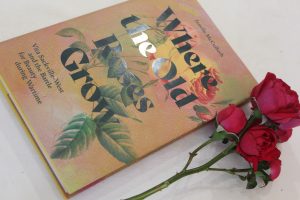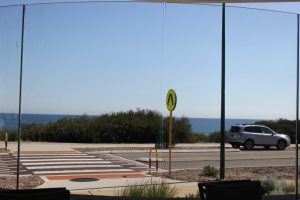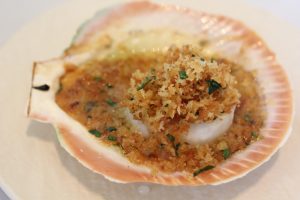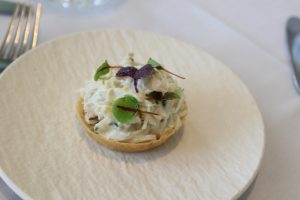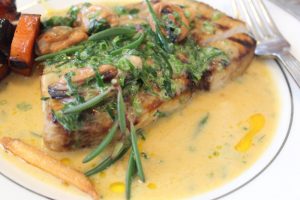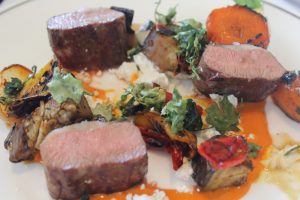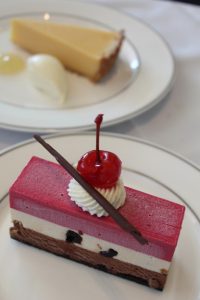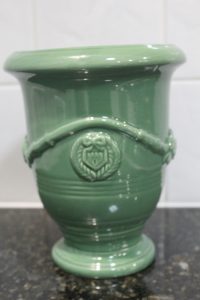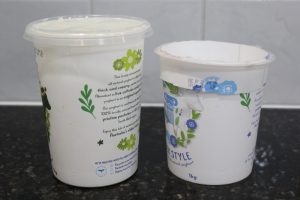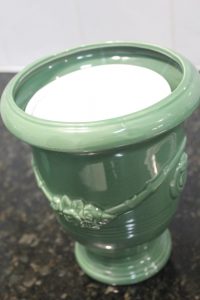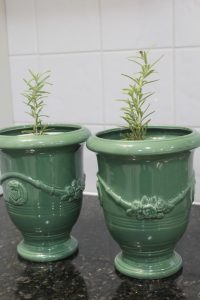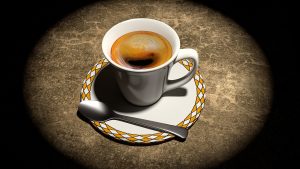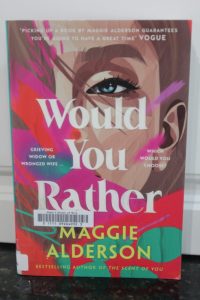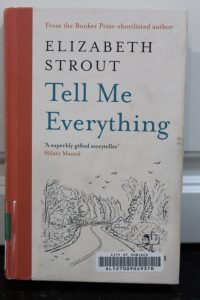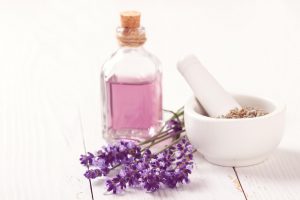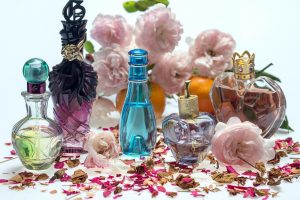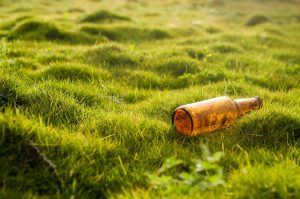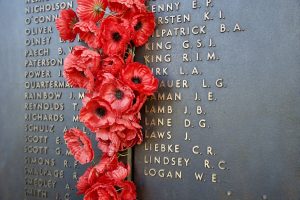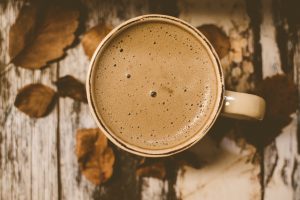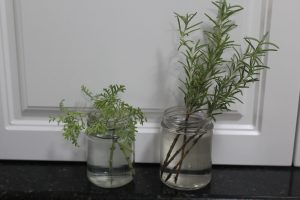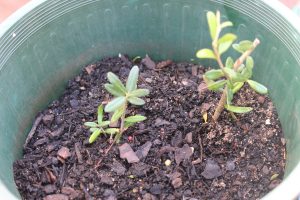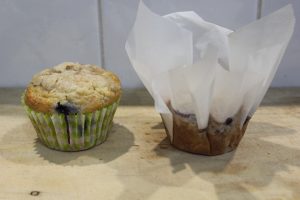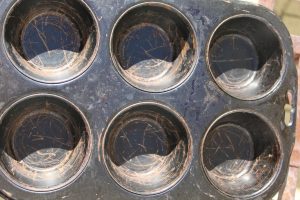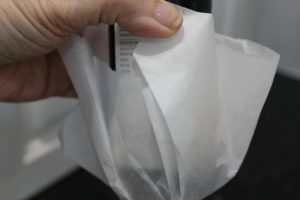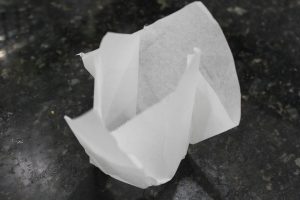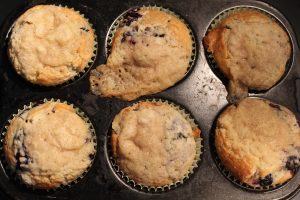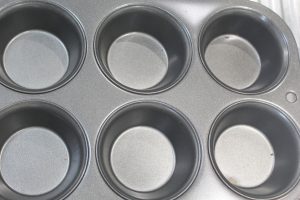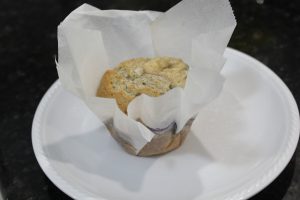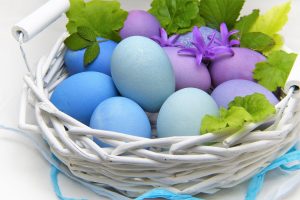books
A friend gave me a novel she’d read and enjoyed. She said it was an easy read and a lovely story. I’ve read books by the author, Sophie Beaumont, previously and enjoyed them. Turns out A Secret Garden of Paris was exactly what I needed during a pretty awful week when my husband was in hospital. I could pick it and put it down depending on what was happening.
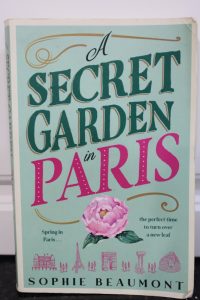

Set in Paris, it refers to gardens I’ve visited and many I’d never heard of, but want to visit. It has an Australian connection, plus lots of food and romance, visits to flower markets and the renewal of a family garden. And a happy ending! Beaumont a wrote The Paris Cooking School, which I also enjoyed. Wonderful descriptions of food, a lots of romance and references to well known areas of Paris. Easy to read with a clever plot.
Sophie Beaumont is the pen name of Sophie Masson, a prolific author of childrens’ books, young adult books and fiction and non fiction for adults. She was born in Indonesia to French parents and grew up in both France and Australia. She was awarded an AM (General ) in 2019 ,’For significant service to literature as an author, publisher and through roles in industry organisations.’
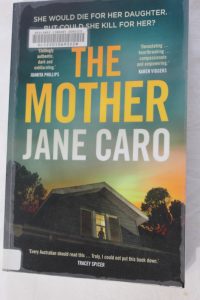

Also read Jane Caro’s The Mother. This is a hard story to read as it deals with the frustrations a mother feels when she realises her younger daughter is totally controlled and very afraid of her husband. Newly widowed, and afraid for her daughter and two grandchildren, the mother eventually takes things into her own hands. I couldn’t put this book down. Clever and thought provoking, don’t expect a happy ending!
preserved lemons
This is the second time I’ve made these chicken meatballs in a tomato based sauce, thickened with finely chopped onion and carrots. This time I added chopped preserved lemons as I found the chicken a little bland. Wham! Preserved lemon cheered the chicken up enormously. The recipe is intended to serve four. I really like knowing I have a ‘spare’ dinner in the fridge. ready to heat, during these busy weeks managing medical appointments. This time I added baby beans and small, boiled potatoes with parsley and butter.
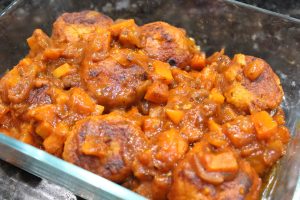

Really like having a second dinner in the fridge.
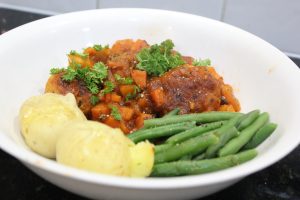

Finely chopped preserved lemon perked up these chicken meatballs.
Preserving lemons (here) is easy and a great way to use fresh lemons when you have a tree full. Just be sure to scrape the pulp from the rind before you add the lemon to your recipe.
painting
Still managing to paint every few days and also did a session with a group. We each painted house scenes from given illustrations. Really enjoyable.
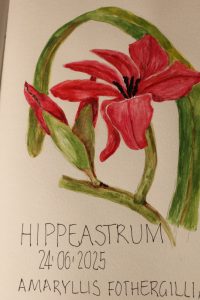

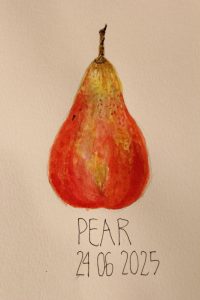

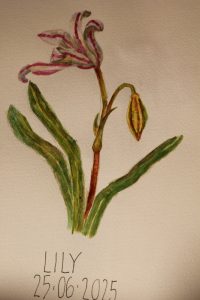

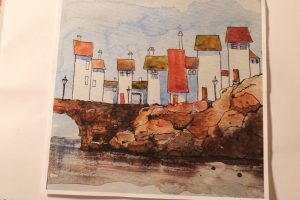

The original painting I was given to copy.
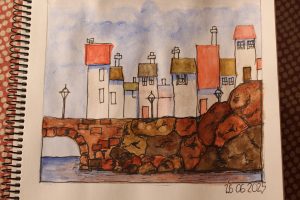

Water colour paints are very slow to dry in the cold. This painting was done in an art journal, not on water colour paper.
Keep warm if you’re in southern Western Australia! It’s very cold.

